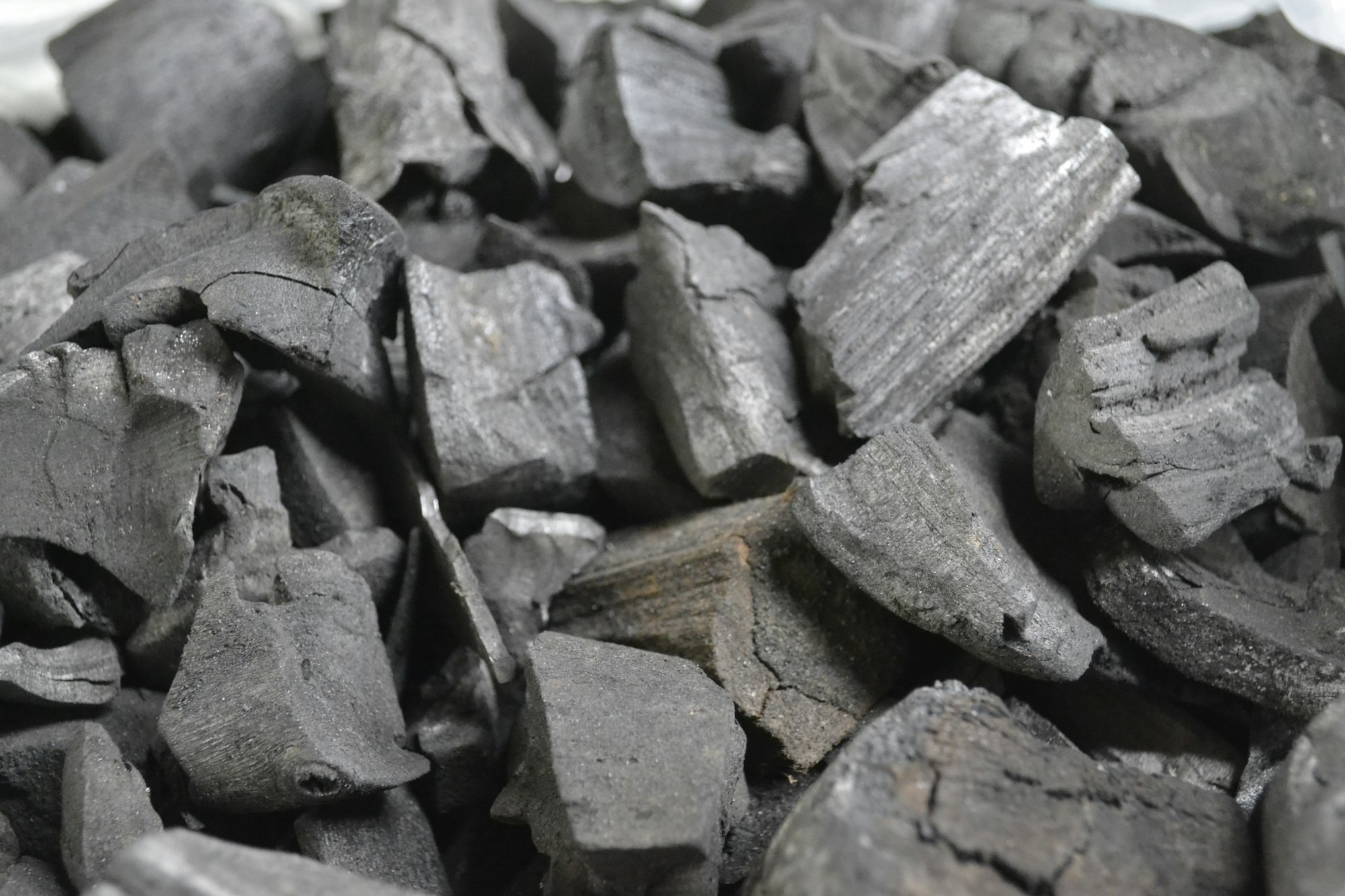Definition
Carbon dioxide removal (CDR), CO₂ removal or carbon removal refers to the human-driven extraction of the greenhouse gas CO₂ from the atmosphere combined with long-term storage. The goal of carbon removal procedures is to decrease atmospheric carbon dioxide levels and to mitigate or even reverse man-made global warming.
Assessment of removal methods
To qualify as carbon removal method we evaluate possible solutions based on the following criteria:
| Criteria | Description |
|---|---|
| Net negative emissions | The removal method must capture and store more carbon dioxide than is produced by it's construction and operation. |
| Long term storage | Captured CO₂ must be locked away for the long-term. Any captured gas that is used for industrial purposes (e.g. for carbonated drinks) is released back into the atmosphere, therefore not negative emissions. |
| Additionality | The process must not have taken place anyway without the purchasing of the carbon removal. Essentially meaning that this method only works because we are purchasing from it. |
These points are generally calculated and assessed in complex life-cycle analysis - that is often verified by independent third parties - so that we can be sure a removal method matches the above criteria.
All negative emissions purchased result from after the removal of any emissions from the construction and operation of a method. e.g. if a removal method sequesters 8 tonnes of carbon dioxide but it needed to generate 3 tonnes to do so, only the remaining 5 tonnes are available to purchase.
Different methods
There is no "silver bullet" or single method that has the potential to reverse the volume of CO₂ that has been emitted over the last centuries. We believe in supporting a variety of approaches to remove carbon and aim to make as many as possible available through the CDR Platform.






